Adapted Lens Talk
With the ever-growing popularity of using mirrorless cameras with lens adapters, we are pleased to announce the opening of a new forum: Adapted Lens Talk. Thanks to the proposal and volunteer work of its moderator, Tom Caldwell, the forum has taken off dramatically and is full of vintage lens deliciousness.
The forum also features discussions on experiences with different adaptors, focal reducers, strange mounts, and anything else one might run in to when trying to make a non-native piece of glass play nice with their shiny new mirrorless. Enjoy this slideshow of images and commentary generously provided by members of the Adapted Lens Talk forum, all taken with adapted glass. Check it out, and if you’ve fit grandpa’s old lens to your digital camera, be sure to share your shots and experiences!
Adapted Lens Talk
Jupiter 37A (135mm f/3.5), with generic M42 to EF adapter plus Mitakon Lens Turbo II EF-FX focal reducer. Shot with Fujifilm X-E1. 1/250 sec., f/5.6, ISO 1000.
Photographed by Helga Birkenstock:
‘The lens used for this particular image is the Jupiter-37A. It’s a 135mm f/3.5 lens built in the Soviet Union during the Cold War era. My copy was built in 1982 but I’ve only had it for two months; I purchased it on eBay for $ 61 including postage. I usually use it with a focal reducer on an APS-C camera (Fuji XE-1) to get the full image circle projected onto the sensor. This effectively changes the lens properties to 98mm f/2.5. The advantages of this lens is that it’s all metal construction is still very light (362g) and balances well with my small mirrorless camera. Best of all, it has 12 aperture blades so you have beautifully round bokeh at any aperture. My (limited) experience is that it’s not as sharp and has poorer contrast compared to modern lenses so images need more work in post production. Images convert to black and white quite well and have an old world image feel.
This image was taken as part of a “monochrome garden” project that I’m doing. I chose this lens because I could stop down the lens and still get round “bokeh balls”. However, focus becomes more difficult when stopped down because focus peaking works best when the lens is wide open, but I use the distance scale on the lens and the wider depth of field to mitigate these challenges.
I love the sharpness and autofocus of modern lenses but there is something to be said about slowing down the process through manual focus and the unique character in the images from adapting old lenses.’
Adapted Lens Talk
Contax G 90mm, with Kipon Contax G to Sony E adaptor. Shot with Sony NEX 5N. 1/1000 sec., f/8, ISO 400.
Photographed by Tim Zhou:
‘I took my little Sony mirrorless camera and the longest lens I had – 20 years old Contax G 90mm f2.8 hoping to take some shots during an air show in Swansea, UK this Summer. After having found a vintage point, I set the camera on aperture priority mode, the aperture to f8 and focused to infinity. As Contax G lenses do not have own focusing rings (they require a helicoid adaptor to focus), so I used camera’s magnify focus to make sure the focus was spot on. The rest of job was just press the shutter button.
My mirrorless camera has a little longer shutter lag compared to my previous DSLR, so I did need to anticipate and press a little early. Generally speaking, I find using adapted lenses far more rewarding, not only do I now have access to a large number of excellent legacy lenses, such as my Contax G, but also I have learnt to have more control over the process of capturing images.’
Adapted Lens Talk
SMC Pentax 28mm f/3.5K, with Fotodiox Pentax K to Sony E adapter. Shot with Sony a7R. 1/60s, f/16, ISO 100.
Photographed by Timothy S. Devine:
‘This photograph was taken with a SMC Pentax 28mm f/3.5 K mount lens, not the Takumar that came before it, or the Pentax M version that came after (both are of different designs.) It was only produced for two years (1976-1977), and is my favorite 28mm lens for landscape shooting. I’ve tried quite a few other 28mm primes over the past couple, but I find the Pentax has the best mix of qualities that I look for. From great color and contrast, to low CA and an amazing ability to fight off diffraction when stopping down, it holds up amazingly well on today’s modern digital sensors. I’ve tried a few copies of this lens, and while they were all sharp, some of them exhibited increased depth of field in the foreground, I assume due to towards the camera field curvature. This particular copy exhibits this behavior, and I often take advantage of this behavior in my shooting.
For this particular photograph I chose a perspective of Pemaquid Point Light that I had shot many times over the years. But I have to say that on this trip everything really came together. The sky was absolutely incredible, and I used a circular polarizer to help accentuate it. The Pentax was very much up to the task, and I think it showcases the strengths I mentioned above. For those that have handled true manual focus lenses, the Pentax doesn’t disappoint. As with many older lenses, it is built like a tank and the focus ring is very well dampened. Many landscape shooters use live view and focus manually with autofocus lenses anyway, so manual focus with this lens doesn’t bother me… In fact I have to say I probably prefer it.’
Adapted Lens Talk
Porst 50mm f/1.2 with Raynox DCR 150 macro conversion lens, with Fuji X to Sony E mount adapter. Shot with Sony a6000. 1/800 sec., f/1.2, ISO 2000.
Photographed by Scott Hills:
‘This is my first 50mm f/1.2, and a bargain too. This is actually the same as the Fuji 50mm f/1.2 EBC, just a rebranded porst. The quality is excellent, and this shot was one of the first I’d taken with it. It’s not easy to work with the tiny DOF an f/1.2 gives you, but it does open up interesting possibilities since it just dissolves backgrounds.
I added a raynox DCR 150 for this shot to get a bit closer and really allowed me to interrogate the flower and fill the frame with it. The colour rendering from this lens is stunning, I’ve been very impressed with it and for £130 including an adapter you can’t go wrong, I mean where else will you find a 50mm f1.2 for that price!?!’
Adapted Lens Talk
Nikon 24mm f/2.8 AIS with Fotasy Nikon G to Sony E adapter. Shot with Sony a7. 30 sec., f/16, ISO 100.
Photographed by Matt Parvin Photography:
‘Oak Island NC, October 2015. I’m fortunate that this pier and beach are about 5 blocks from my office. I’ve shot it plenty over the past couple of years and this is one of my two or three favorites. This was shot with a 10 Stop ND Filter. Having a proper aperture ring is great with these filters, at f/2.8 you get enough light to focus even with the filter mounted. Stop it down to f/16 and you get a 30 second exposure at sunset.
I really started in photography with Nikon Series E 50mm & 100mm lenses on a D40. Manually focusing is much, much easier on mirrorless bodies, and using these old primes is even more enjoyable. I really think it makes you a better photographer as well, since it forces you to slow down and see what you can create an image out of, rather than just snapping away with an AF zoom.’
Adapted Lens Talk
Pentax Super-Takumar 85mm f/1.9 with Fotodiox M42 to Micro Four-Thirds adapter. Shot with Panasonic G3. 1/160 sec., f/1.9, ISO 1600.
Photographed by K. A. Rodriguez:
‘The Super-Takumar 85mm f/1.9, not being one of the Super-Multi-Coated (SMC) lenses, doesn’t always get its due, but it can produce rich imagery as seen here. With five elements in four groups, six aperture diaphragm blades, a 58mm filter diameter, and weighing in at 12 oz (340g), it weighs as much as or more than current pro level m43 lenses, and that doesn’t include the metal adapter! Nonetheless this solid metal lens fits nicely on the Panasonic G3 and does not feel out of balance.
The lens focuses down to 2.75 feet, however the throw from infinity to closest focus is very long, almost an entire revolution of the focus ring! Using it with the large magnified EVF on the G3 is a dream. With the lens wide open and the magnifier turned on, it is very easy to focus, once the ring has been turned enough! (I probably should estimate the distance first, then pre-focus using the distance scale before putting it up to my eye…) The aperture dial has settings from f/1.9 to f/22, even one for f/2 which is at a surprising distance from 1.9.
I normally like to stop down for greater sharpness but the problem of poor lighting on stage and the limits of pushing the ISO in a m43 camera made me keep the lens open, probably at f/1.9. With m43 in particular, it is essential to shoot the full frame and not rely on cropping later. The 85mm length (in effect 170mm on m43) is a good length for shooting from onstage without being right on top of the performers, while still being able to fill the frame. Surprisingly, currently there are no native m43 lenses made in this length (Samyang/Rokinon 85s are much larger FF lenses modified to fit m43), and none of the available zooms are this fast, so adaption is the only way to go. Fortunately this lens, which I originally bought sometime in the 70s, sold to my dad in the 80s, and after his death had boomerang back to me in the 10s, has found purpose again.’
Adapted Lens Talk
Canon FD 500mm f/4.5L, with generic Canon EF to Micro Four-Thirds adapter. Shot with Olympus OM-D E-M10. 1/2500 sec., ISO 320. Photgraphed by Danny Young:
‘This is the “Sacred Kingfisher” taken in New Zealand doing a small crab toss. The staple diet at the main estuary I like to shoot Kingfisher in is small crabs and there are plenty of them. Beautiful little bird I’ve spent nearly 3 years getting closer to. They are fast and deadly accurate on a dive into water or sand for a small meal.
Lens used is the 30 year old manual focus Canon FD 500 F/4.5L which is the favorite lens mounted on my Olympus E-M10. The 500 F/4.5L is always hand held and shot wide open at F/4.5. It has smooth internal focus that only needs a slight shift to focus. The 800 F/5.6L is my only lens that goes on a tripod.
Mirrorless was picked to use the MF lenses so I can use the magnifying function in the EVF on a static bird. For birds in flight I use the old technique of focusing backward or forward slightly when you find the bird in the EVF. It’s an old technique that has always been used and still works for me.
Personally manual focus just simply feels right and somehow it makes me feel more connected to the image in a way. With the right lenses with internal focus it may be easier than some people think.’
Adapted Lens Talk
Contax/Yashica Carl Zeiss Disatgon 18mm f/4, with Contax/Yashica to Sony E adaptor. Shot with Sony a7. 1/1000 sec., f/8, ISO 200.
Photographed by Timur Haracic:
‘This lens, the Contax/Yashica CZ Distagon 4/18 is my favourite wide angle lens for its very low distortion, classic/painterly rendition, and because it is great for architecture; cityscapes and dramatic low angle shots like this one. I’m mostly taking pictures low from the ground or so called ‘frog perspective.’ It’s optical design I believe goes back to 60’s. It’s been used for Contarex cameras. Old adapted lenses are great when perfection is not needed, you want to achieve some special look or when you have no other options.’
Adapted Lens Talk
Reverse mounted Canon FD 50mm f/1.8 with Canon FD Autobellows and Fotodiox Canon FD to Canon EOS adapter. Shot with Canon EOS 5D Mark II. 90 sec., f/8, ISO 100.
Photographed by Alexander Olshansky:
‘In this image, as is the case with all of my photographs, I try to touch the viewer emotionally without using any visually recognizable anchors. I have discovered a while ago that macro photography allows me to easily abstract and to remove all of the visually recognizable elements from my photographs.
A lens is a means to that end. I’ve adapted my Canon FD Autobellows along with the FD 50mm f1.8 lens to my Canon EOS 5D MkII because this combination allows me the versatility I need and the quality I demand.
I am able to achieve magnifications far beyond anything that’s available to me in the Canon EOS native format by switching lenses as needed. Greater magnification means greater flexibility and greater abstraction. I am able to preset my aperture and then focus with the aperture wide open and close it right before taking a shot with the help of the Canon Macro Auto Ring and a cable release. This set up also allows me to easily perform stopped down metering for ambient light and then take a flash reading and calculate the flash exposure compensation based on my magnification.
As time and technology march forward, sometimes it’s the old tools that make things possible.’
Adapted Lens Talk
Voigtlander 75mm f/2.5 Color-Heliar (LTM) with 39 to M and Novoflex M to Sony E adapter. Shot with Sony a7II. 1/160 sec., f/2.5, ISO 500.
Photographed by Tom aka. tommiejeep:
‘I started in photography in late 60’s with a Nikkormat while I was in Vietnam (68-72). Shot mostly documentary in B&W. Shot various Nikons through ’79 (also a Pentax Spotmatic and Olympus OM-1). Left SLRs and used a number of P&S film cameras until 2007. Decided to get back into photography in 2007 and used the DPR forums to decide where to go. I went with a D200. I have been shooting mostly Nikon. Primarily sports, birds, documentary and street. Bought an Olympus EM5 when it came out then EM1 and a second EM1. I recently bought the Sony a7II primarily to use adapted lenses. I use old Nikkors on the Df and started to re-learn manual focus. Fun.
The image was shot in the crowded Friday Market in Goa. Very hot and crowded. I only took 2 shots for this one and had to wait for the guy on the left to clear before I could get the two women.
The Silver CV 75 f2.5 Color-Heliar (LTM) is a joy to use. Very quick to MF, more than sharp enough and good colours. A very small, light lens. I have not noticed any weakness but have not really tried to use flare (or noticed Flare to be a problem). I paid approx. $ 375 for it with 39-M adapter. I use the Voigtlander M-NEX adapter.
I tend to take Candids at a bit of distance so that they are candid. I shoot many events and prefer not to be part of the image. Too many people see a camera (any camera) and start posing. There are times when interaction with the subjects is fun and desirable. Then I will shoot a 25mm, 35mm up to a 105mm.’
Adapted Lens Talk
Minolta 50mm Macro with Fotasy Minolta to Micro Four Thirds adapter. Shot with Olympus OM-D E-M10. 1/640 sec., ISO 200.
Photographed by Bruce Reiger:
‘This is a picture of a mimosa tree in bloom taken with a Minolta MC Macro 50mm f/3.5 lens adapted to an Olympus E-M10 camera. As I’ve practiced, I’ve come to enjoy manual focusing and this is my go to lens for anything up close. I’ve found that manual focusing isn’t that difficult to do with the tools that the camera provides: focus peaking and/or magnification and image stabilization. It comes with a matching extension tube (not used with this image) for very small subjects.’
Adapted Lens Talk
Yashica ML 50mm f/1.4 with Contax/Yashica to Sony E mount adapter. Shot with Sony NEX 5R. 1/2500 sec., f/2.8, ISO 100.
Photographed by Scott Hills:
‘The Yashica ML f1.4 was my first f1.4 lens, I found it attached to an old Yashica SLR in a junk shop, it was in immaculate condition and only £25. It’s on another level in terms of IQ to any of my native E mount lenses and I always carried it in my camera bag. I often look for this sort of shot and like to play with shadows from above, I spied this guy from a multi story Car park and the sun was at the perfect angle to give his shadow a good shape, I’m glad I had the Yashica for this shot as it resolved so much detail.’
Adapted Lens Talk
Minolta M-Rokkor 40mm f/2 (pictured in headline image) with Vello M to Sony E adapter. Shot on Sony a7II. 1/400 sec., f/8, ISO 640. Photographed by DPReview staff writer Dan Bracaglia.
Articles: Digital Photography Review (dpreview.com)

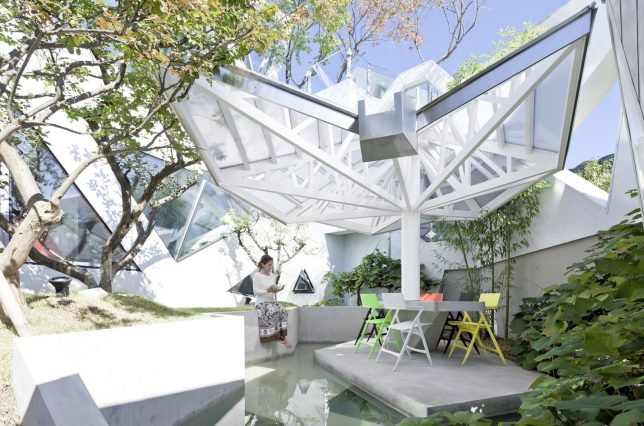
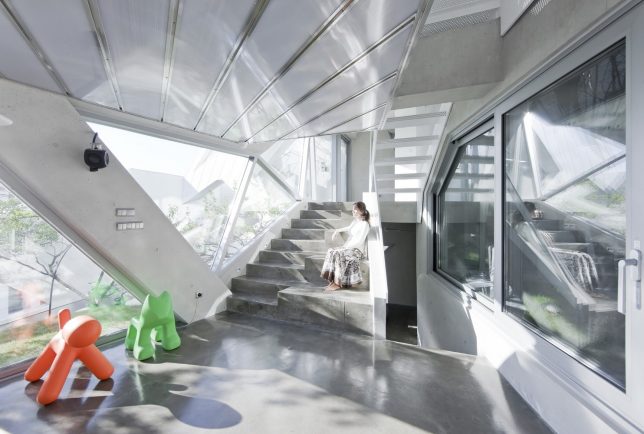
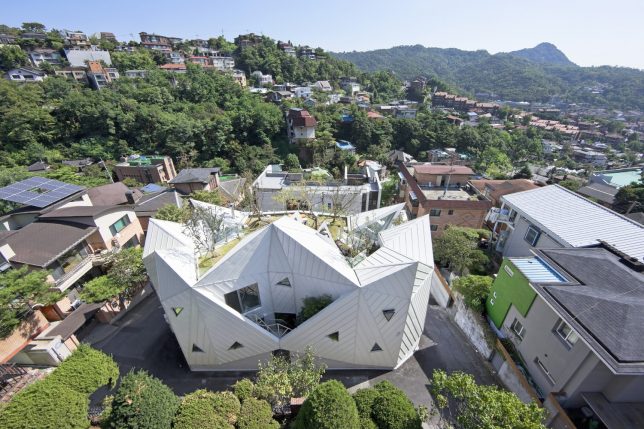
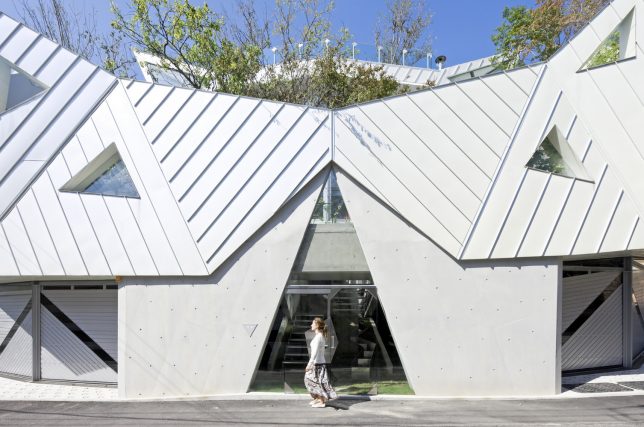
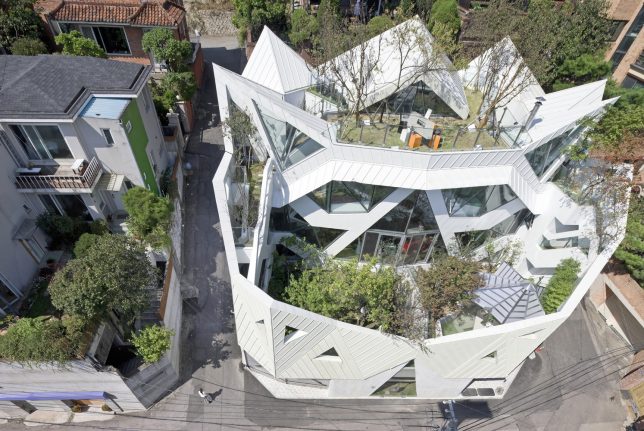
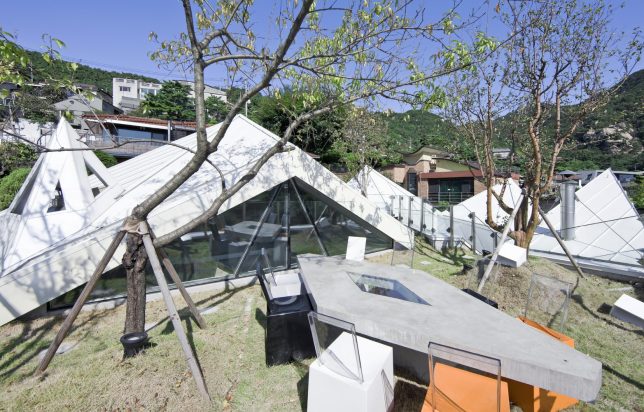
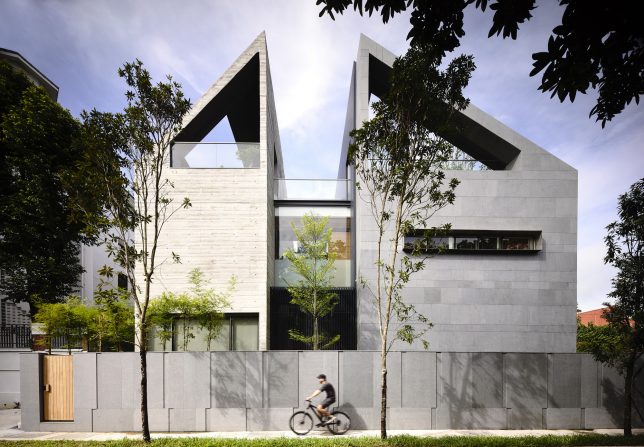
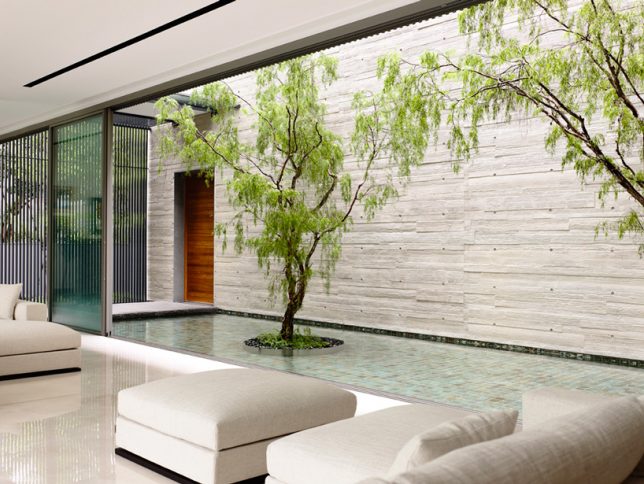
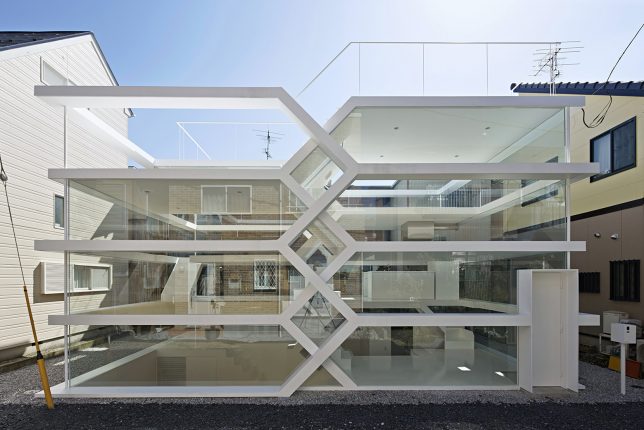
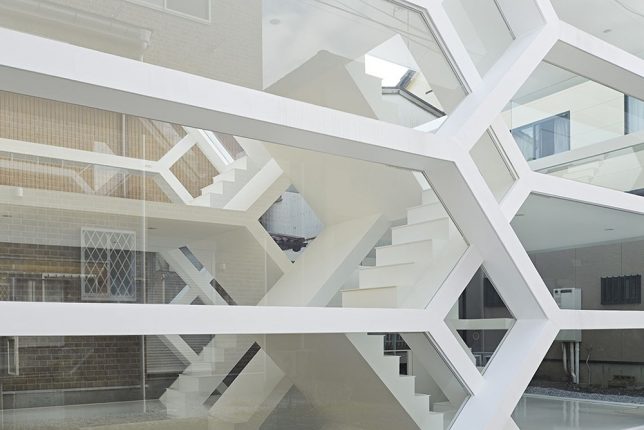
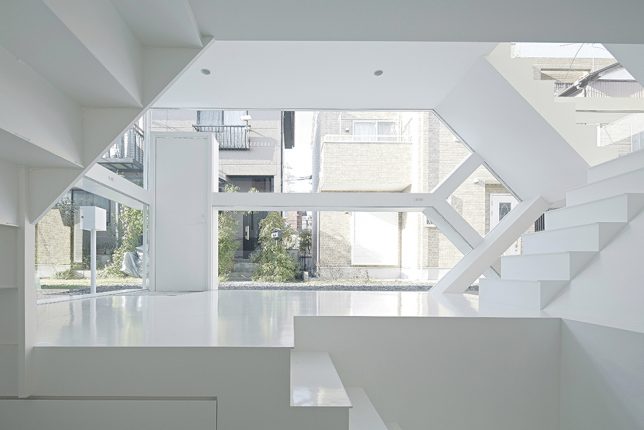
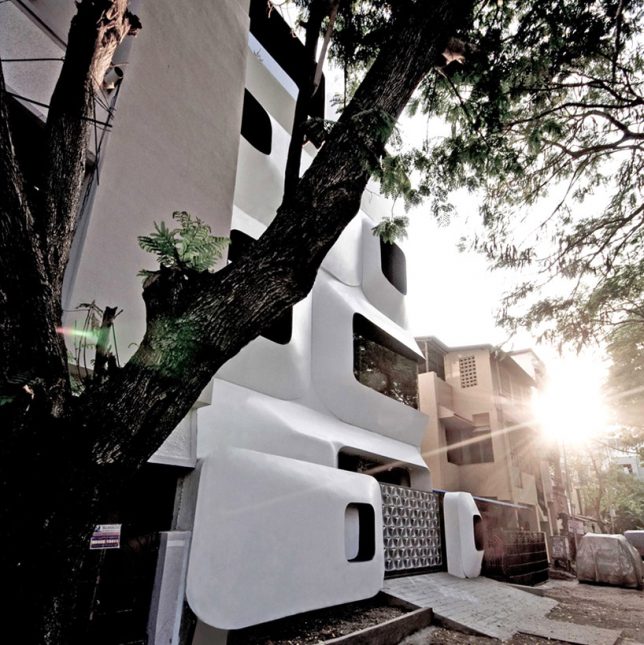
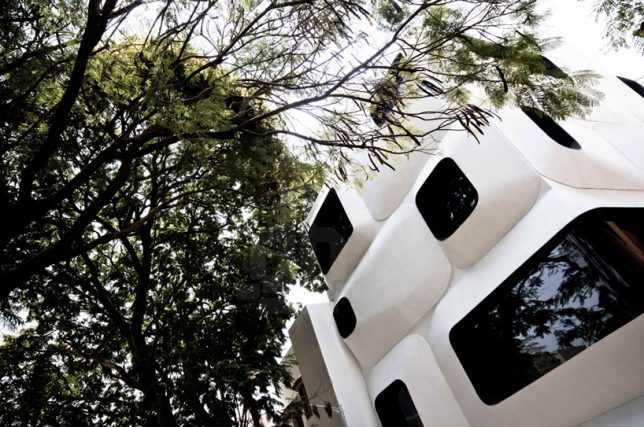
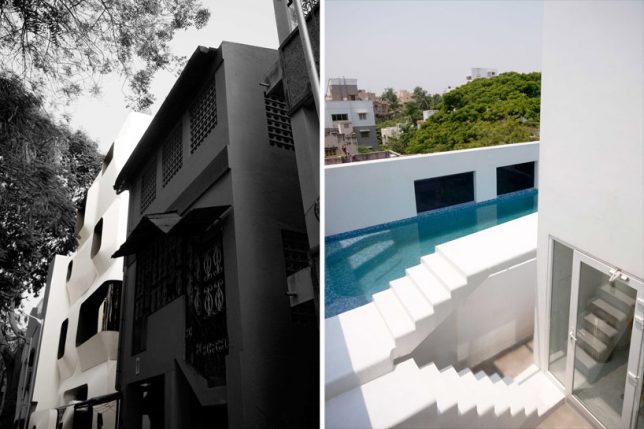
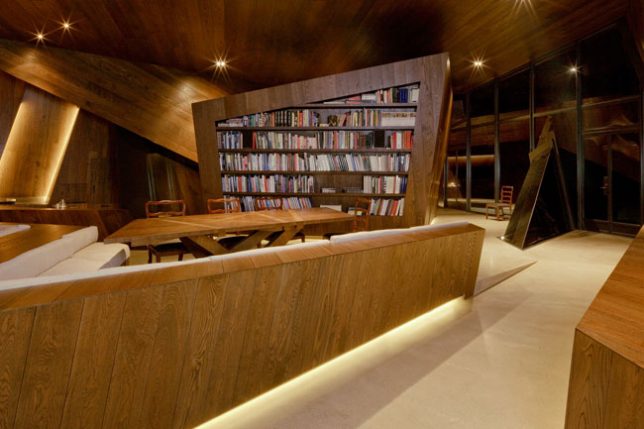
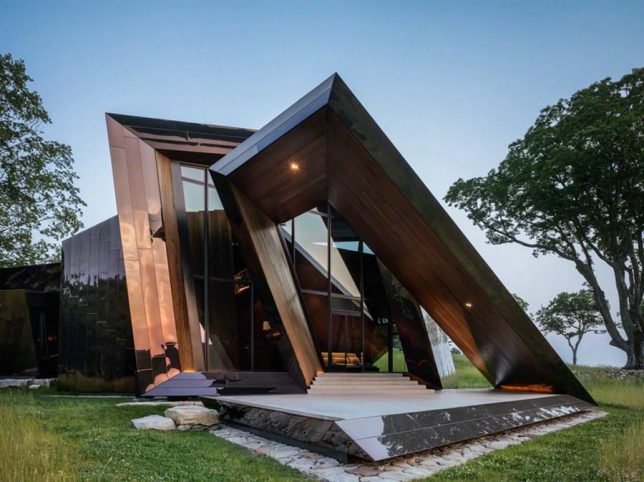
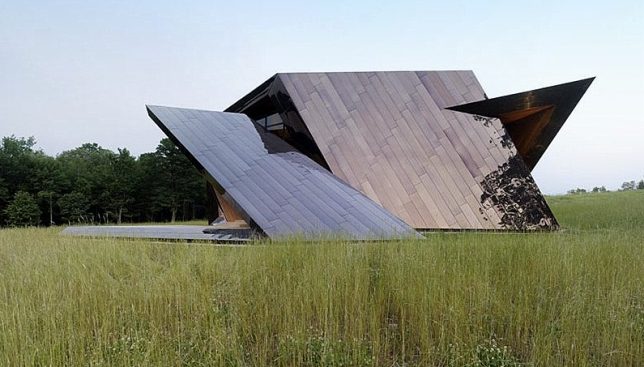
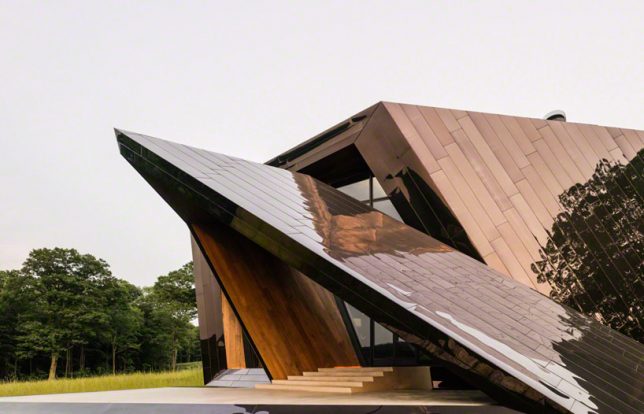





















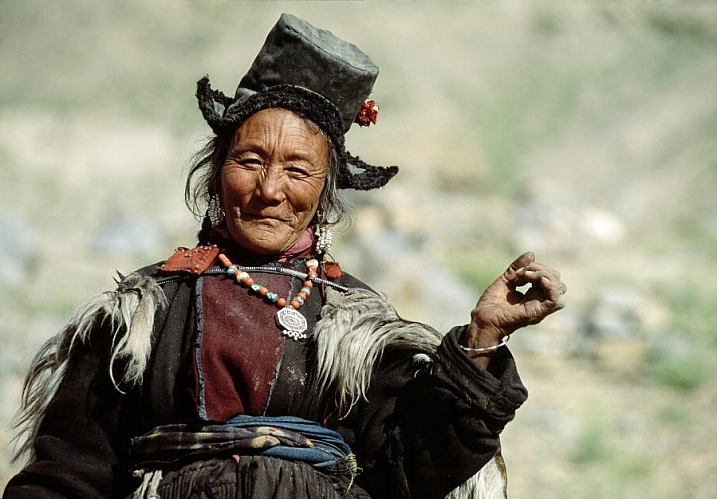


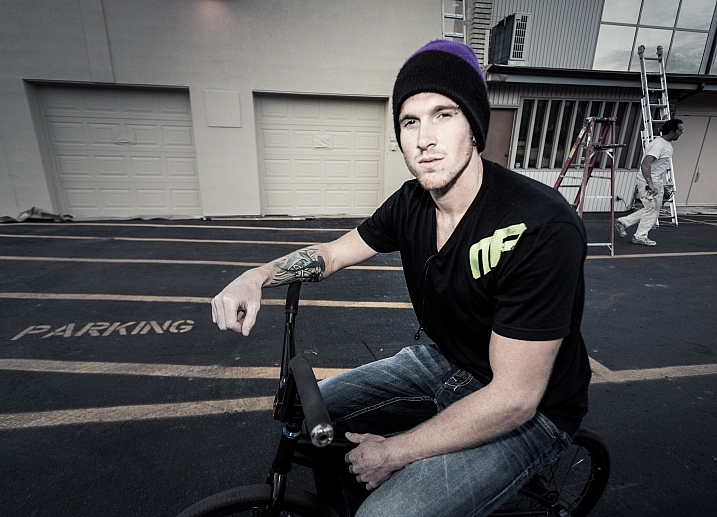
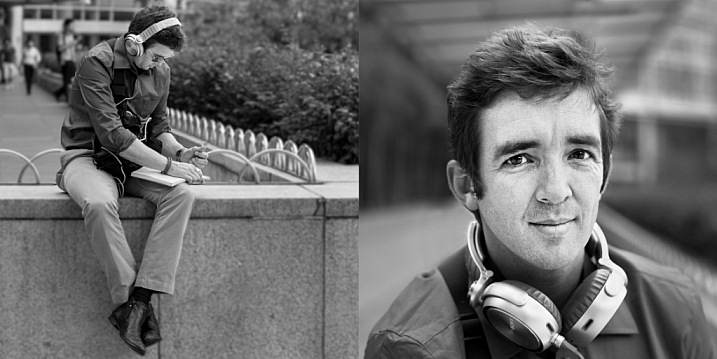
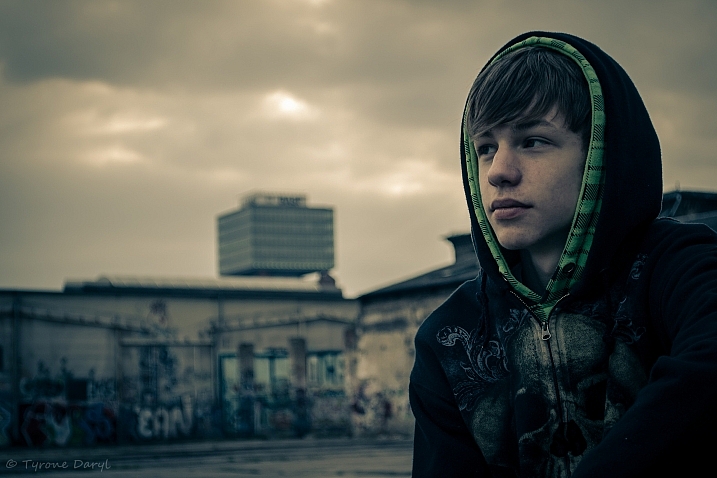
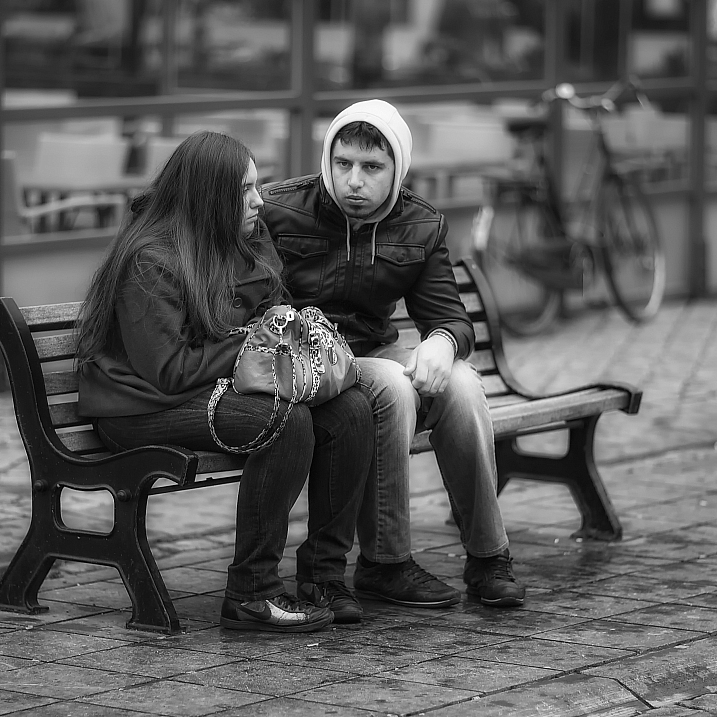
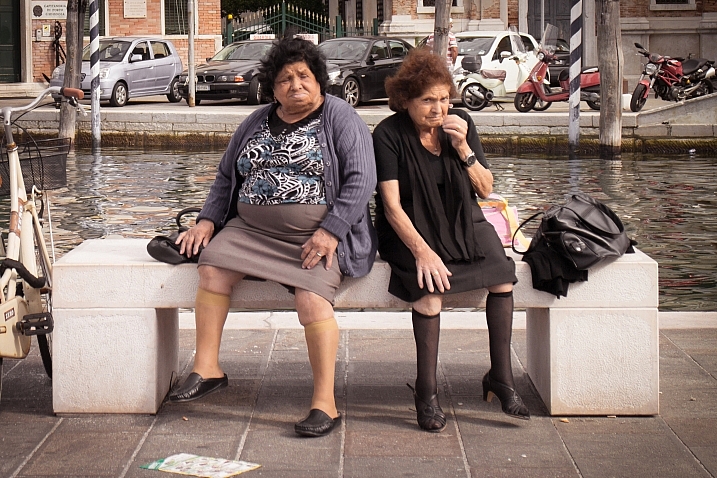
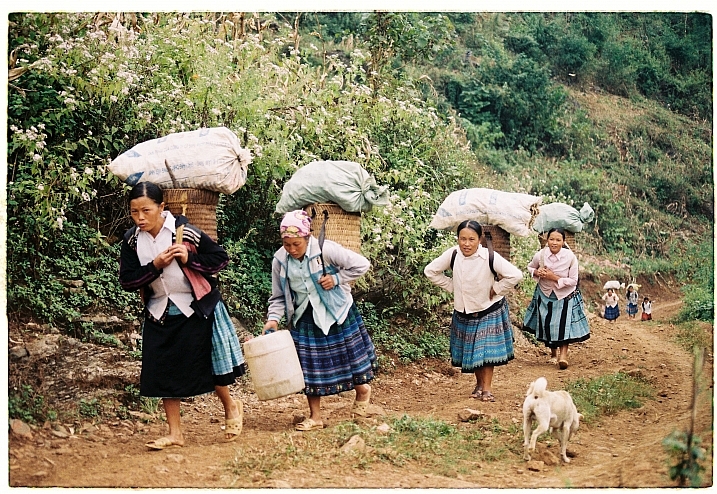
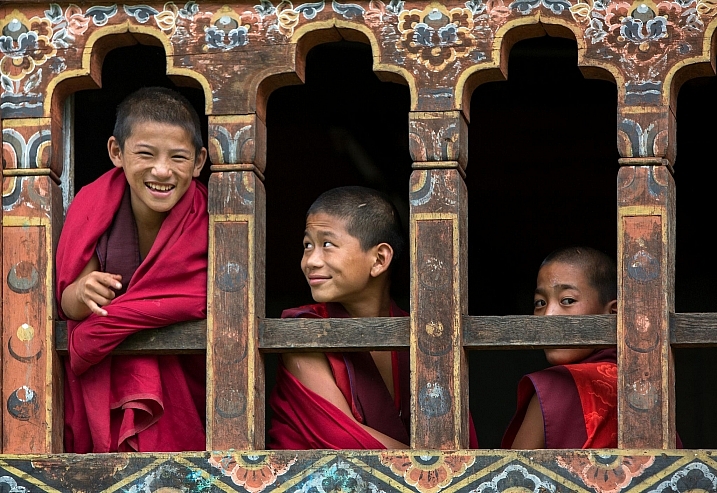
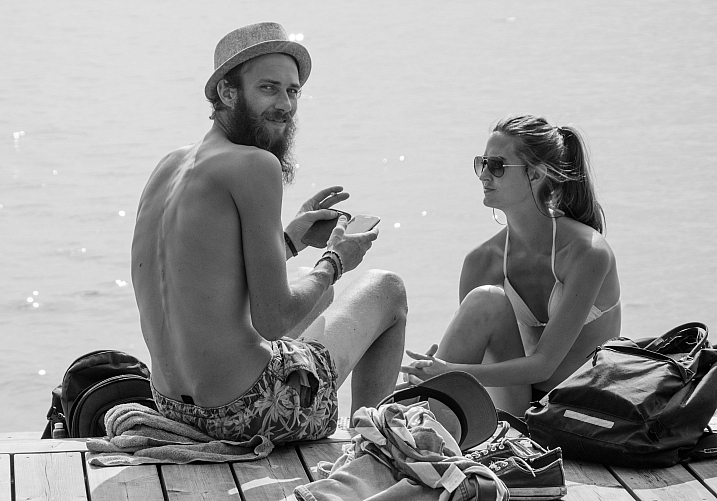
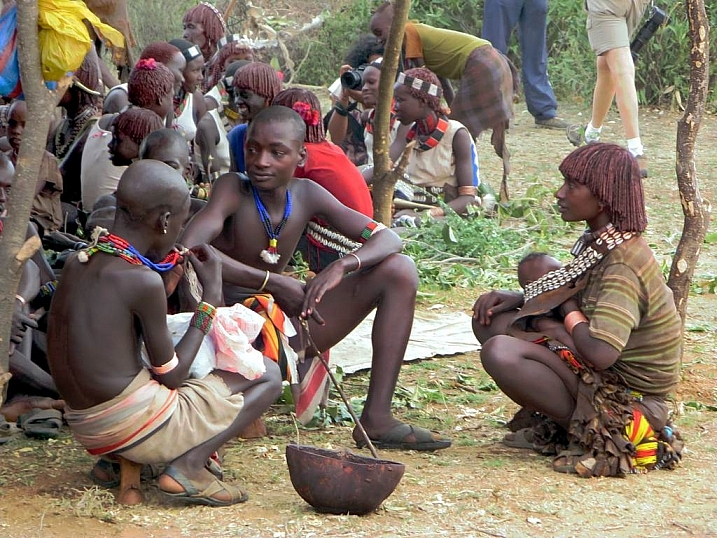
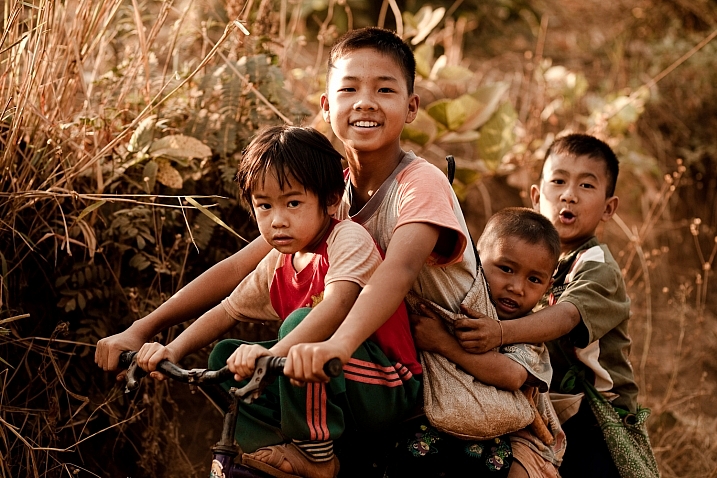
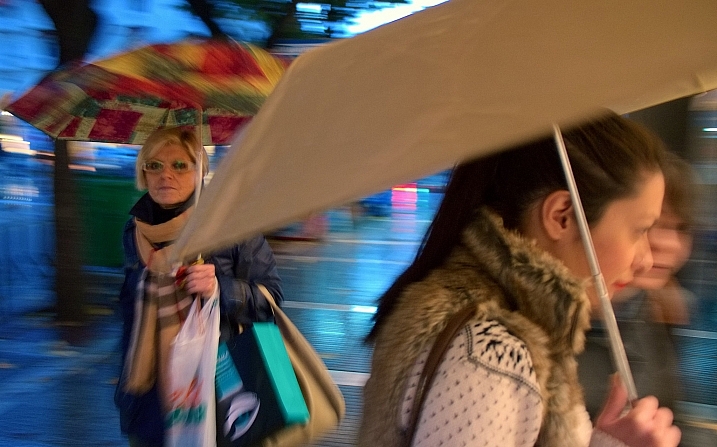
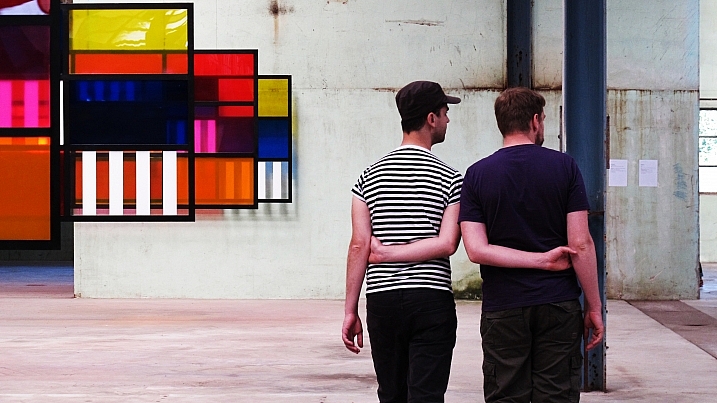
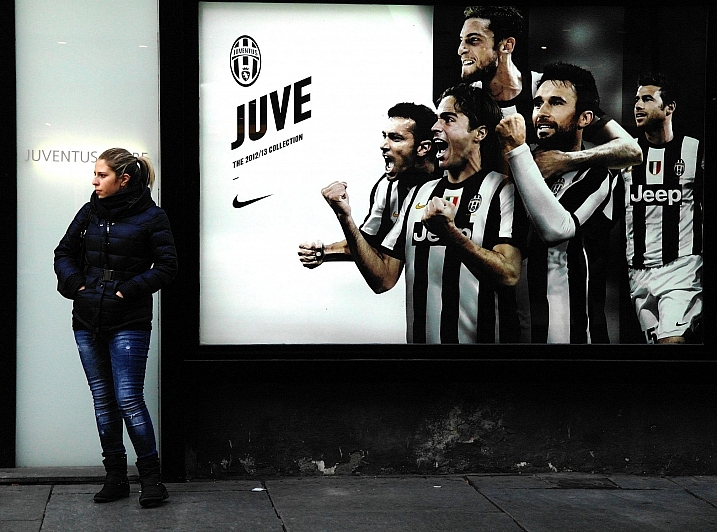
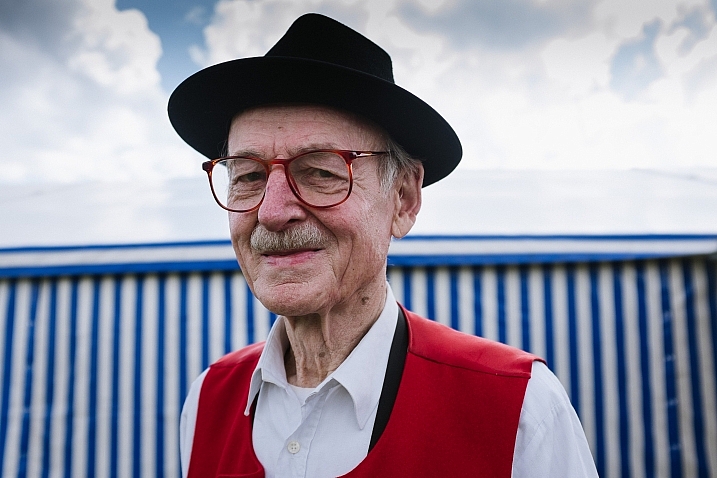

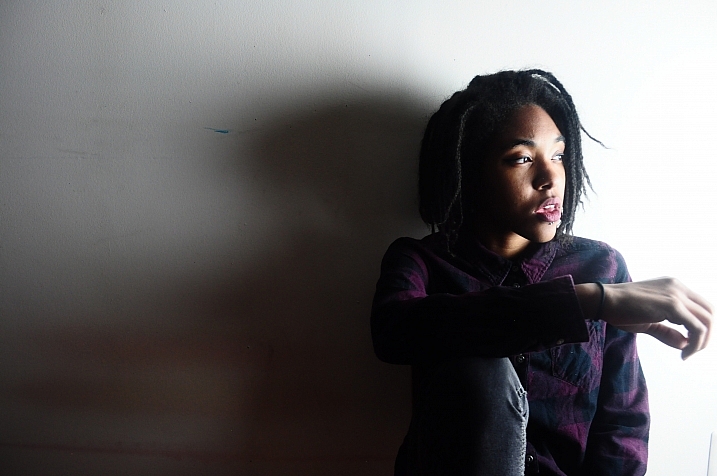
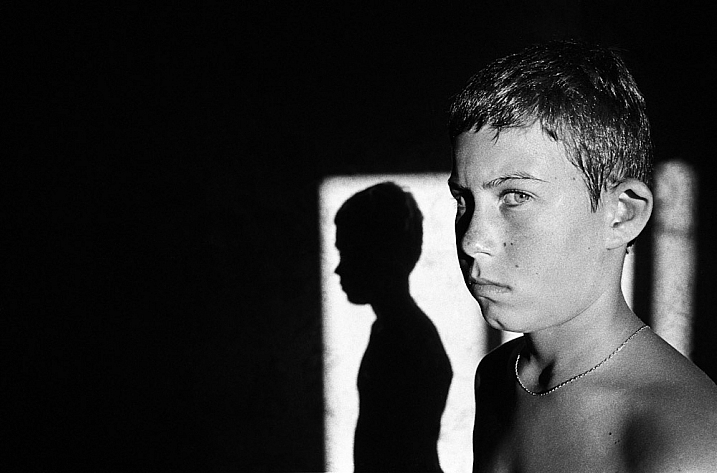
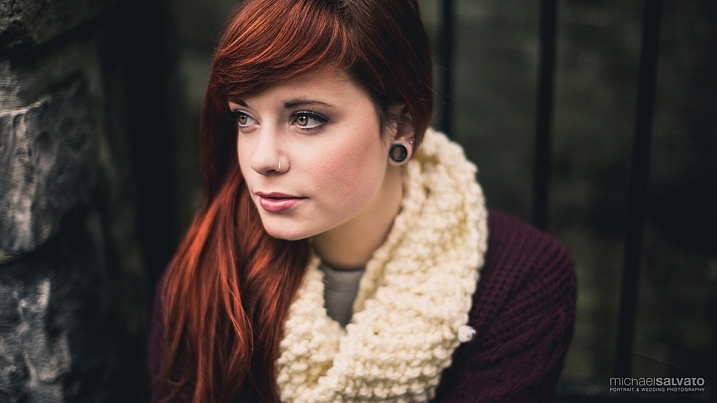
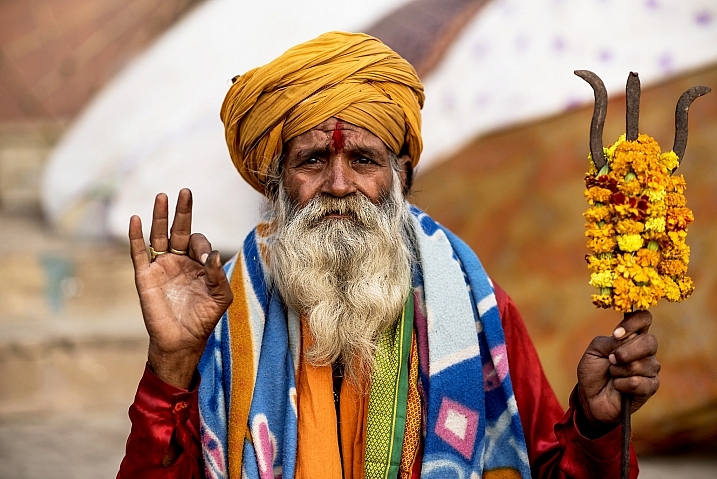
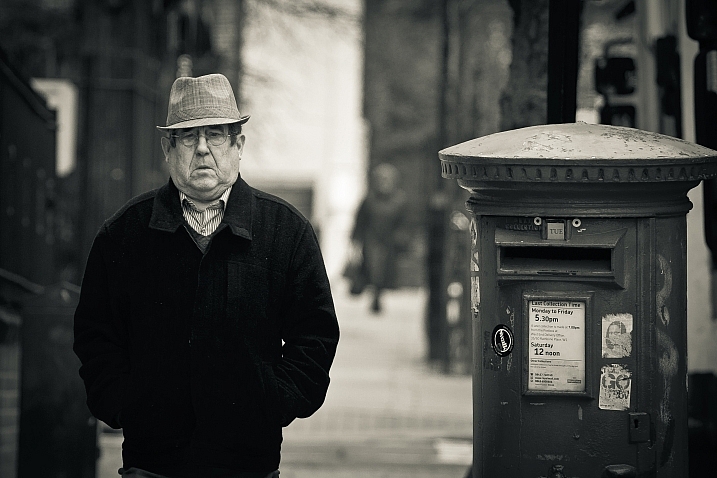
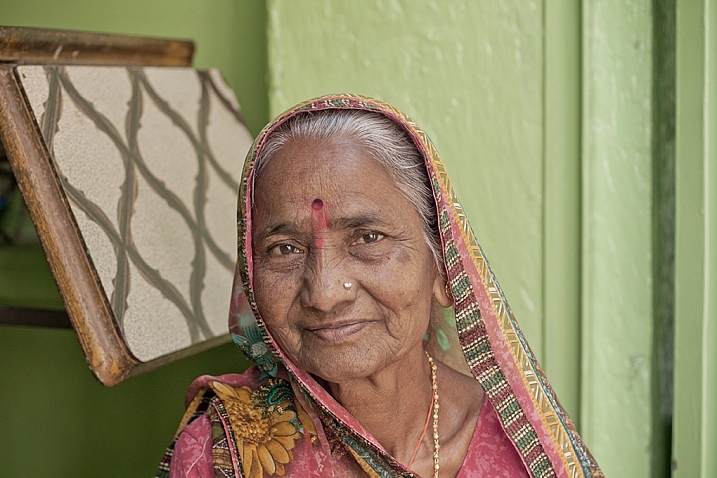
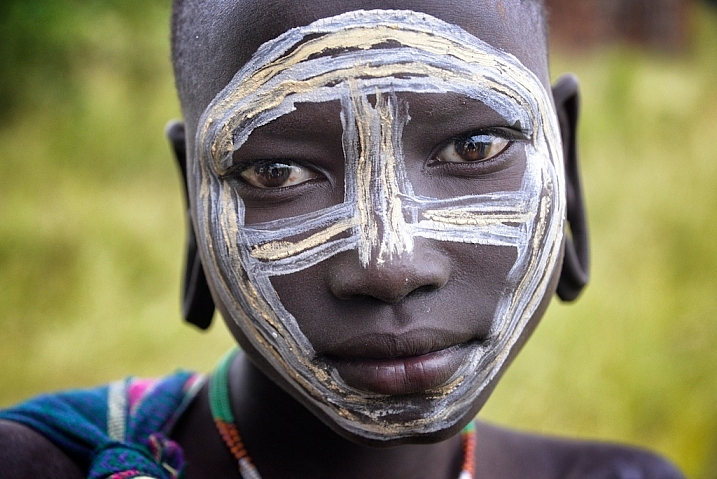
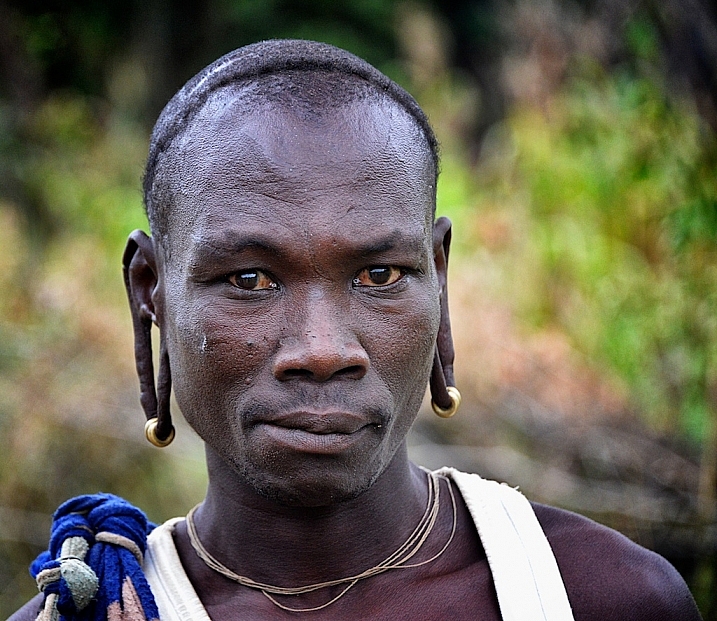
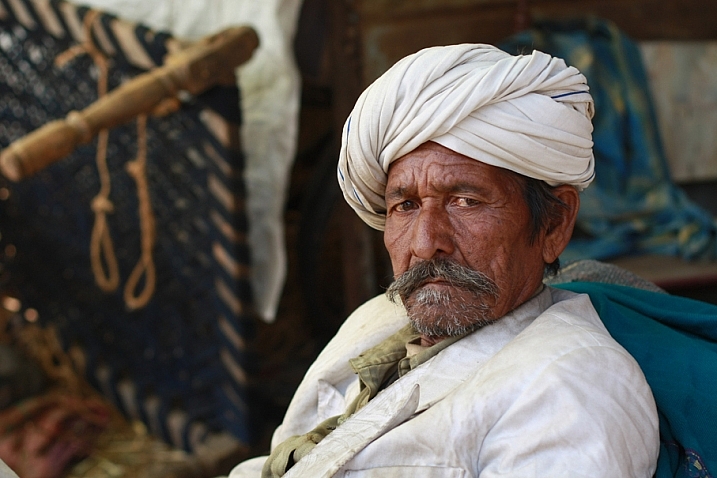
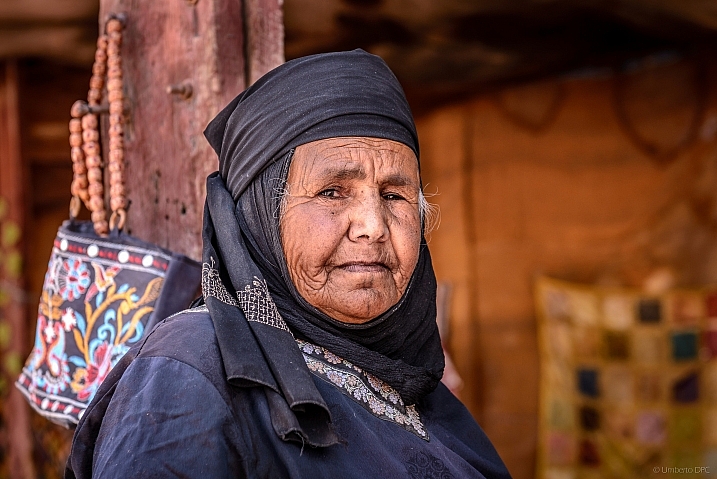





























































You must be logged in to post a comment.